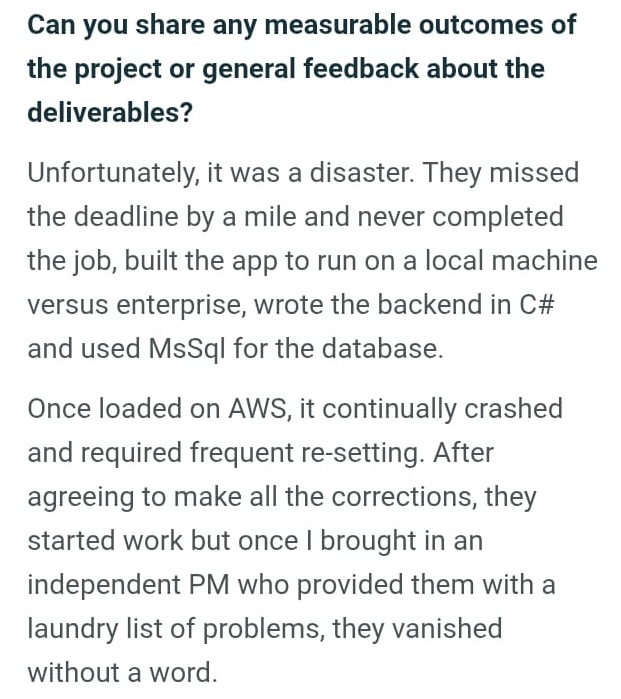Deadlines are supposed to keep projects on track.
They help everyone align, create momentum, and set clear expectations. But when those dates start slipping, once, twice, and then indefinitely, they can quietly turn into a nightmare that no amount of optimism can fix.
That’s exactly what happened to David.
When the Schedule Started to Slip
David was leading a new internal product initiative for his company. It was an important project, a dashboard to help their teams track real-time production data across multiple locations. Since they didn’t have an in-house development team, David decided to bring in an external agency.
The agency promised delivery in 90 days. Their pitch sounded convincing, the budget was reasonable, and the founders came across as experienced and reliable. Everything looked like it was moving in the right direction.
For the first few weeks, things went well. The kickoff calls were structured, Slack channels were active, and early UI designs looked promising.
Then, slowly, things began to change.
A Series of Small Delays
By week six, daily stand-ups became shorter and less detailed. Tasks that were almost done stayed open for days. When David asked for progress, the agency said they were refactoring and optimizing modules before sharing updates.
The sprint plan was pushed, just by a week at first. Then by two. Then by a month.
By month four, the promised beta still wasn’t ready. By month six, communication had dropped to sporadic emails and late replies. Every time David asked for clarity, there was a new reason: a developer had quit, a dependency wasn’t stable, or a new framework had to be integrated.
Finally, after yet another milestone passed with no deliverable, David asked the question every client dreads:
“When will this actually be done?”
He never got a clear answer.
What was supposed to be a three-month project had now dragged on for ten months, and there was still no working product.
What the Review Said

David’s experience isn’t rare. Many companies find themselves in similar situations where projects fall apart quietly over time. The problem often starts small with unclear scope, underestimation, or shifting priorities, and before anyone realizes it, the project has lost direction and accountability.
How Roro Keeps Deadlines on Track
At Roro, we have seen this story play out too many times with clients who come to us after being let down elsewhere. The fix is not magic. It is process, transparency, and shared ownership.
Before writing a single line of code, we define the technical scope together in as much detail as possible. Every milestone is tied to clear deliverables and time estimates that factor in testing, reviews, and real-world development bandwidth.
Once the project starts, you are not waiting in the dark for updates. You can see progress every sprint. You know what has been built, what is next, and where things stand. And if something changes, because sometimes it does, you will know exactly why, how it affects the schedule, and what we are doing about it.
This is how we keep things moving forward. Not with lofty promises, but with structure and honest communication.
Getting Back on Track
Missed deadlines can drain morale, money, and trust. But they do not have to define how your next partnership goes.
If your last project went off the rails, talk to us. We will help you figure out what went wrong and get it moving again, this time with timelines that hold up.
.png)
.webp)
.webp)